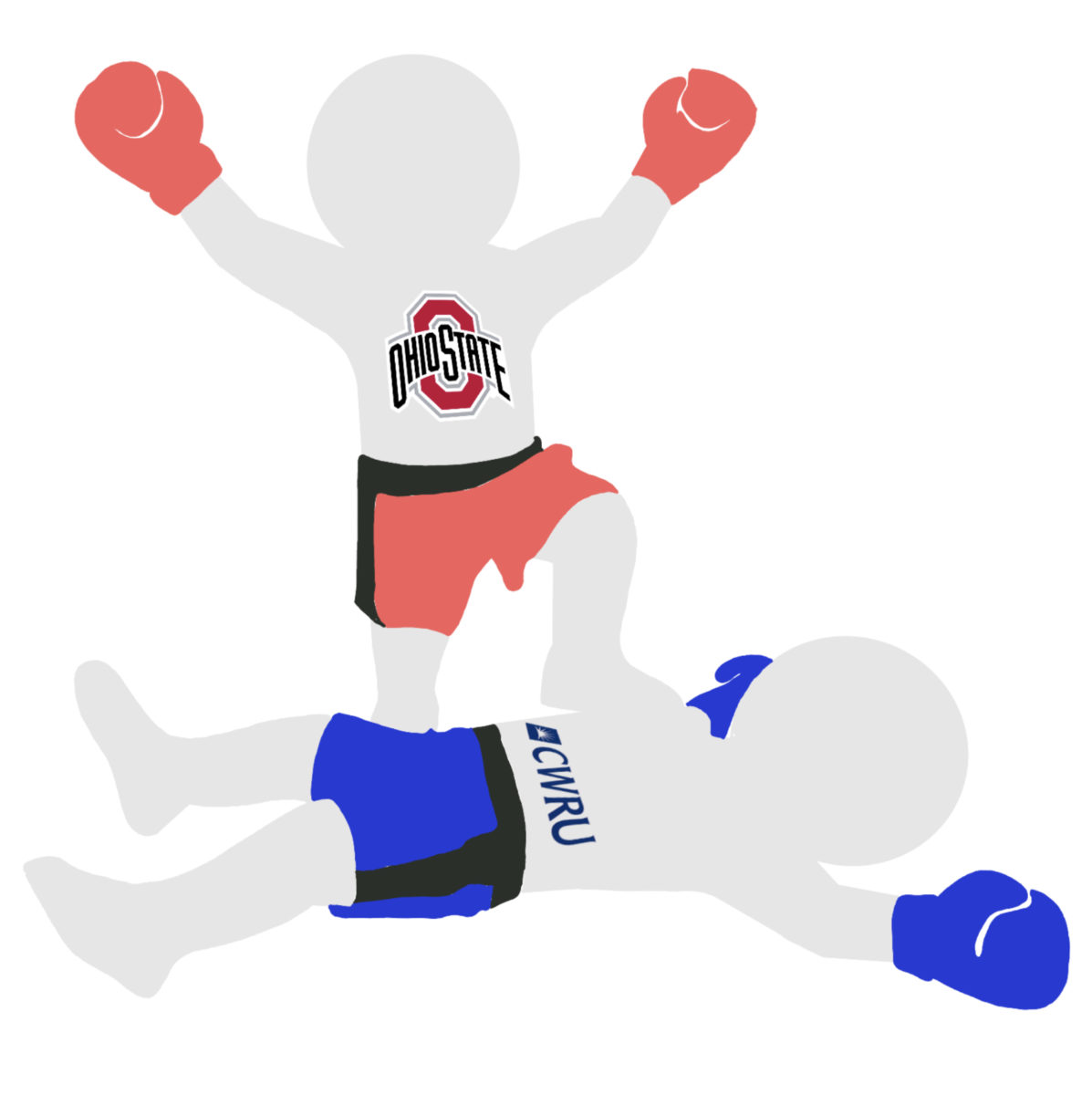U.S. News and World Report just released its 2024 rankings of national universities. Case Western Reserve University placed 53rd, dropping nine places from the previous year. As a whole, private institutions fell an average of 16 places, whereas public institutions rose an average of eight places, offering a small glimpse into the dire state of college education in America.
On Sept. 18, The Daily released a short article detailing the report, as well as the methodological changes made in determining how universities are ranked. As is unfortunately expected from the CWRU administration, the article failed to address the potential flaws in the university’s operations that led to a lower ranking. Instead, The Daily cited a massive “overhaul” in methodology, in which U.S. News and World Report placed “greater emphasis on student outcomes.”
Quick to respond to the rankings was, of course, President Eric Kaler. “Choosing a college should be more about finding the place that is best for that particular individual,” said Kaler. “Students [should] identify the specific qualities they seek in a university—rather than following a list guided by a publication’s priorities.”
There is truth in the statement that choosing a college is a very personal decision, and students should weigh the advantages and disadvantages of any particular institution, considering factors such as affordability, location, rigor of academics and size of student body. Most students wouldn’t study engineering at a liberal arts college, for example. But President Kaler’s words conflict harshly with the university’s desire to widen its appeal. For the past few years, CWRU has been on a mission to expand its enrollment, which is reflected in the sudden 10% growth in the undergraduate student population. And just this summer, CWRU infamously modernized its logo in an effort to “stand out” among many other top universities.
The CWRU administration, with Kaler at the helm, simultaneously desires to appear more attractive to students while dismissing genuine criticisms reflected in the drop in rankings with a “not-everyone’s-cup-of-tea” attitude. CWRU can’t have it both ways. If Kaler wants to keep growing the student body, then he should find ways to make that cup of tea more palatable to a wider demographic of students.
Such a goal is not impossible to accomplish—and in fairness, CWRU improved in areas that the report did not include. For example, the university moved up five places to 51st in first-year experiences, and eight places to 37th in undergraduate engineering. But among top national universities, CWRU lags behind major institutions, such as The Ohio State University, which placed 43rd and just became first ranked in Ohio—CWRU’s old distinction.
The administration should consider the rankings report as a chance to improve the college experience. Finding ways to make CWRU more affordable is one place to start. The university’s tuition amounts to a total of $62,234, roughly $20,000 more than the national average. Accounting for scholarships and financial aid, the amount drops to $37,702—still an astronomical amount. In an economic climate in which 43.6 million people hold student loan debt, these prices are egregiously unaffordable for millions of individuals. In order to attract more students, as CWRU so desperately wants to do, it needs to make sure it won’t break its students’ bank accounts.
There are a myriad of other areas where CWRU can make changes. Residential buildings, especially for first-year students, need upgrades; the lack of air conditioning—or proper cooling systems, at the least—in many dorms is nothing short of an embarrassment. CWRU should respond to the closing of its Title IX investigation, instead of waiting for it to fade into obscurity. The class registration system needs a massive update so that hundreds of students aren’t stuck on perpetual loading screens. These much-needed changes are only the tip of the iceberg that extends miles below the surface.
For thousands of students, CWRU is their home away from home every year. The university has great potential. Academics and research are shining lights in the sky bringing in students from different backgrounds and cultures. CWRU is not a terrible university, but saving face and ignoring the fire in the room is dragging the university down, and students are the ones who will suffer the most. CWRU is not for everyone—a sentiment that President Kaler would almost certainly support. However, Kaler and the administration should still take the opportunity to make it a better place for those already here. In the process, CWRU can truly become an institution of excellence.



